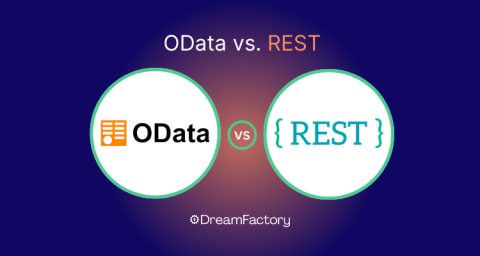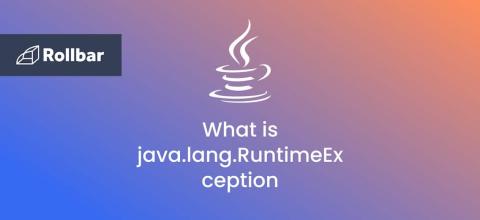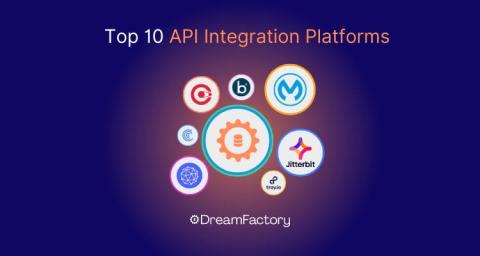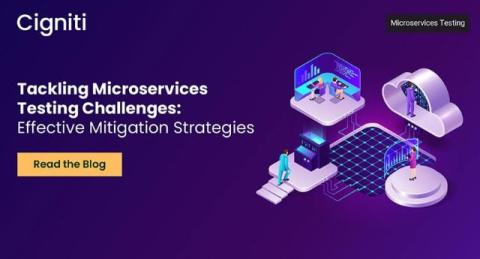Leverage Concurrency Efficiently When Managing Multiple Tasks in Elixir
When working on multiple tasks, it's important to consider performing them concurrently. However, when using concurrency, we need to be careful not to overload our system resources. In this article, we will cover the following: Let's get going!











